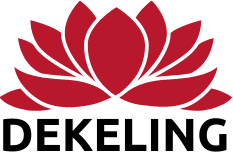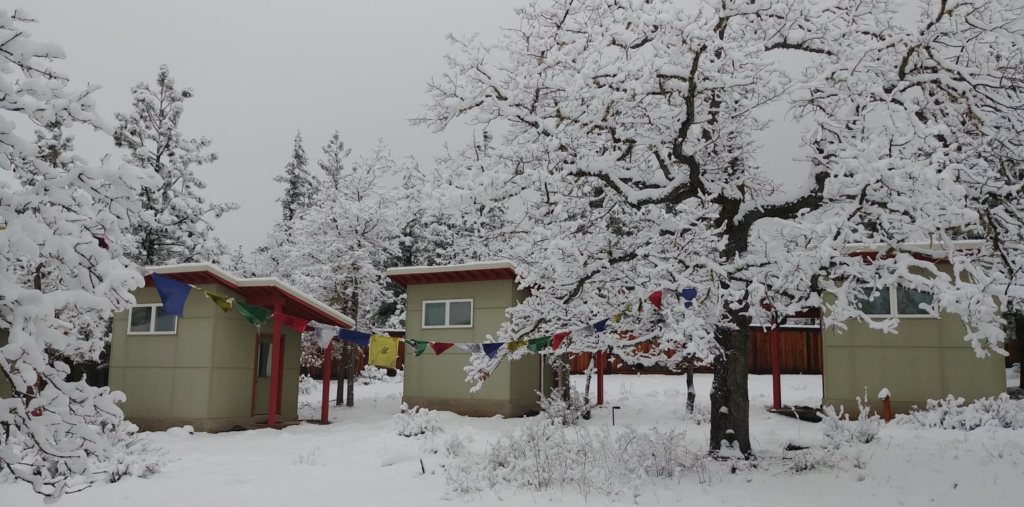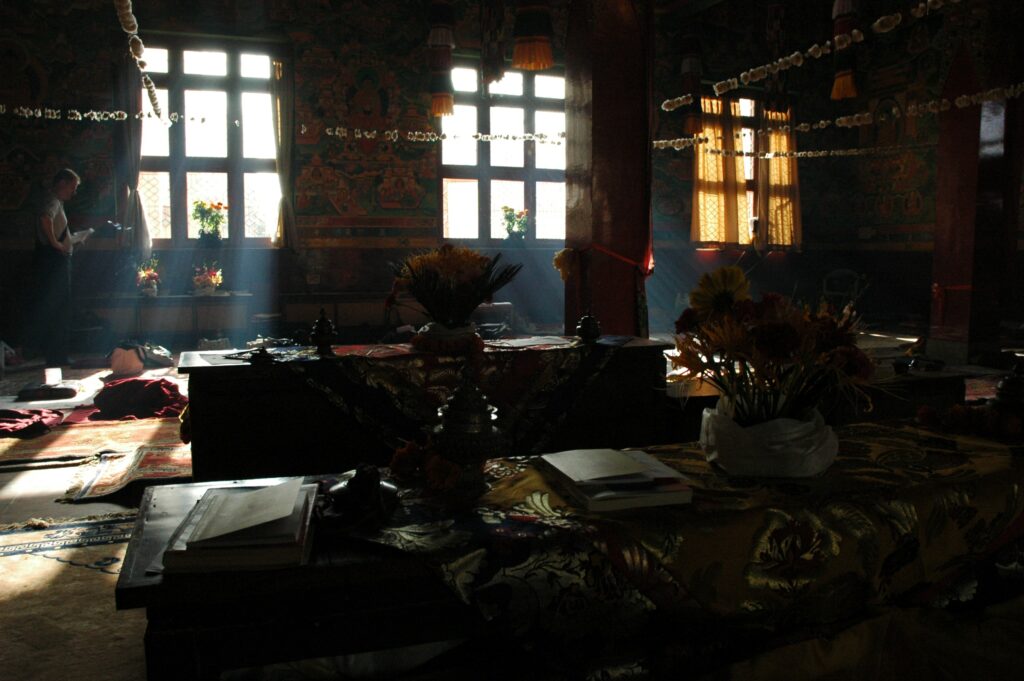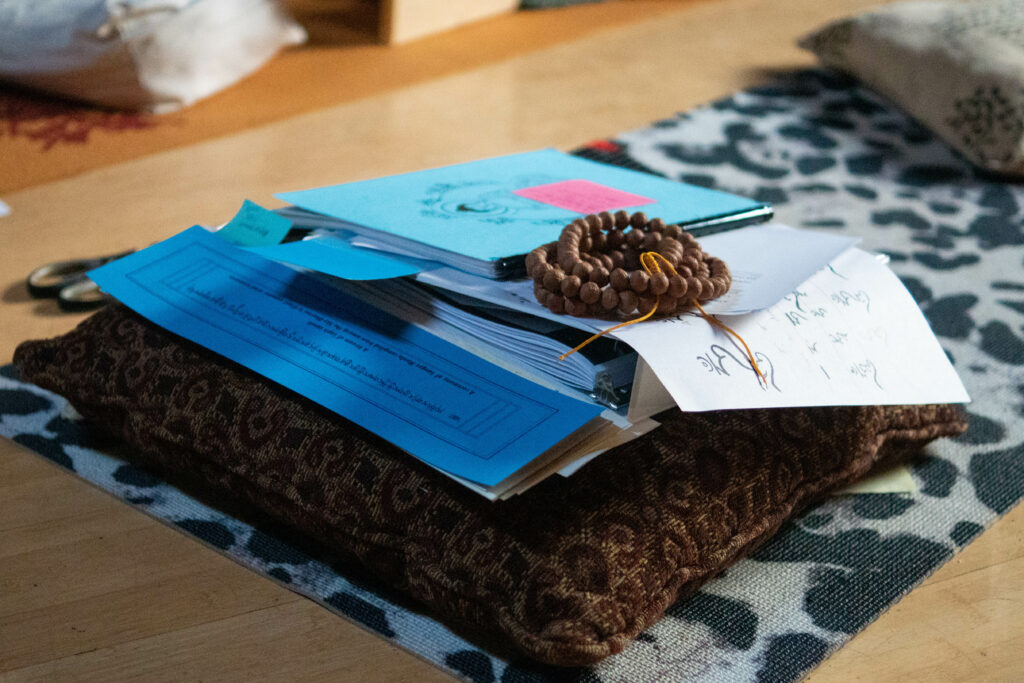Saturday, December 3, Lama David Curtis will present a free 1-hour lecture by Zoom on a verse from the 37 Practices of a Bodhisattva, explaining each word and how Tibetan is put together.
- Those of you who can already read the Tibetan script will get the most out of this lecture, but all are welcome to attend.
- The lecture will take place from 10-11 am US Pacific Time. Middle of the night in your part of the world? No problem: a video recording will be made available to registrants.
- A few days before the lecture, I will send registrants the Zoom link and a link to Dropbox to print out the handout for the lecture.
This is a wonderful way to stay connected to Tibetan and the Dharma during the Holidays. Click here to learn more and to register for the free lecture.
We would be delighted if you joined the group on December 3rd. Please let your Dharma friends and Dharma centers know about this lecture: Forward this message to a friend
May our minds be enriched, our connections deepened, and our love expanded for the benefit of all.
With all good wishes for a peaceful and joyous Thanksgiving,
Deanna Curtis – Tibetan Language Institute
I leave for Asia on December 29th and return early February. I may not have access to email while I am there, so you’ll need to rely on sangha members to answer questions. I’ll send out more information about all that in December.
In the meantime, I plan to make a trip to Patan, a suburb of Kathmandu, to look at ‘rupas’ statues of Buddhas and yidams like Green Tara. Patan still makes some of the best bronze, gold, silver and copper Buddhist statues in the world. If you were thinking to get one, I could have a look for you and let you know the price. A 5″ statue of good quality used to be about $350, but I suspect they are upwards of $500 at this time–possibly even more, so it’s a serious investment.
On the other hand, for $200 – $300 one can probably get a decent statue. These items are mental, so expensive to ship, so if you got one, you’d have to cover shipping, too, though I can have it shipped from Kathmandu.
I have it in my mind to possibly make a second dharma trip to Nepal in fall, 2023, so that’s another possibility for acquiring a statue or thangka. I’ve been mulling over the possibility of taking a group for 7-10 days. Kind of a loosely guided tour, if there are people in our community interested in that kind of thing. You could stay longer, but this would give you support for your first days in the country.
Let me know if you want to learn more about statues or thangkas from Nepal.
We’re in the final stages of preparing a Zoom talk for members of our Dekeling community with Lama Sarah Harding, author of several best-selling books on Buddhism. This talk is not an open public event, and is more meant for folks at Dekeling who come on Mondays and practice with our community, at any level from beginner to advanced. Registration will be required to get the link and recording. Stay tuned for more information. The talk is likely to be in February.
Best wishes as fall transforms into winter,
Lekshe







